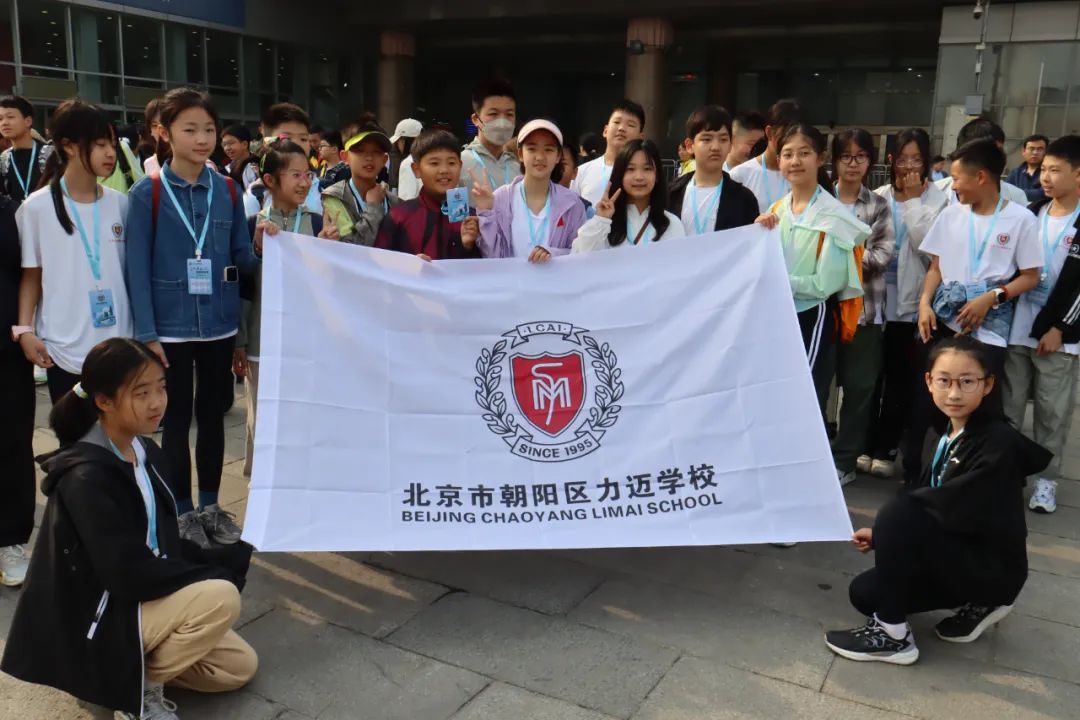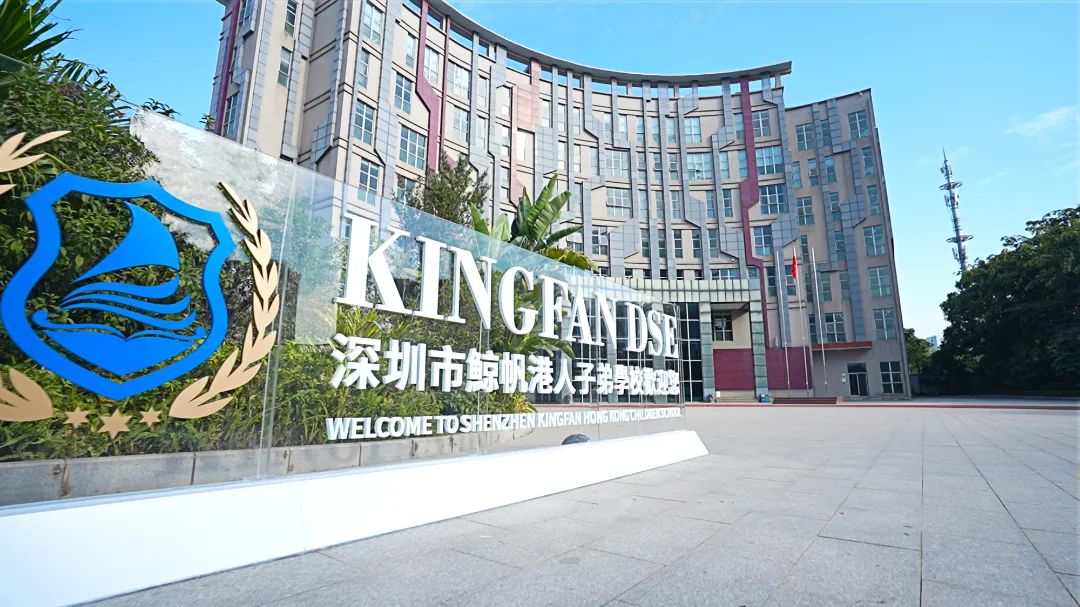As an atelierista I believe that the pleasure of learning, knowing, and understanding is one of the first fundamental sensations that every child should experience, an approach not just in art, but in all aspects of life. To reinforce that, in the atelier environment, we promote a scientific and enquiry based method to allow the pleasure of knowing and discovering to persist during all their life. This self-motivational feeling will cross over into the joy of being curious and it will encourage a growth mindset.
To achieve that, the environment must be ready to welcome all the languages of our pupils. A hundred languages does not mean a hundred materials but hundreds of ways to transform the same material. Here creativity is a serious matter. For this reason, there are no 'children's tools', just tools, and children are challenged to develop their motor skills and at the same time find new ways to express themselves.
In Huili Nursery we put attention on how to display the materials to make sure that all pupils can access them independently and make their choices to be actors of their own learning.
Talking about materials does not simply mean talking about 'things' but it means talking about sensations, textures, smells, emotions and even memories. We have a deep understanding of the innate connections between materials and children's perceptions. For this reason, we use mostly natural materials because they are closer to the pupils' feelings so they can relate and learn from that.
To help children visualise what they want to achieve, materials must be presented in an organised and clear way so that each child can choose, try, change their mind and try again.
The atelier is a safe place for doing and creating but it is also an integral part of an overall educational project, in which the whole school is taking part.
For this reason, in each class we set up a satellite atelier as an extension of the atelier learning. This project allows children to have materials constantly available to support their expressive needs and to extend their own learning process to all the areas of knowledge. By providing a large range of artistic materials and tools, in an inviting and thought provoking environment, we want to our children to learn to observe, to express themselves and develop critical thinking. I believe these qualities are essential for lifelong learning and meaningful academic achievement.





